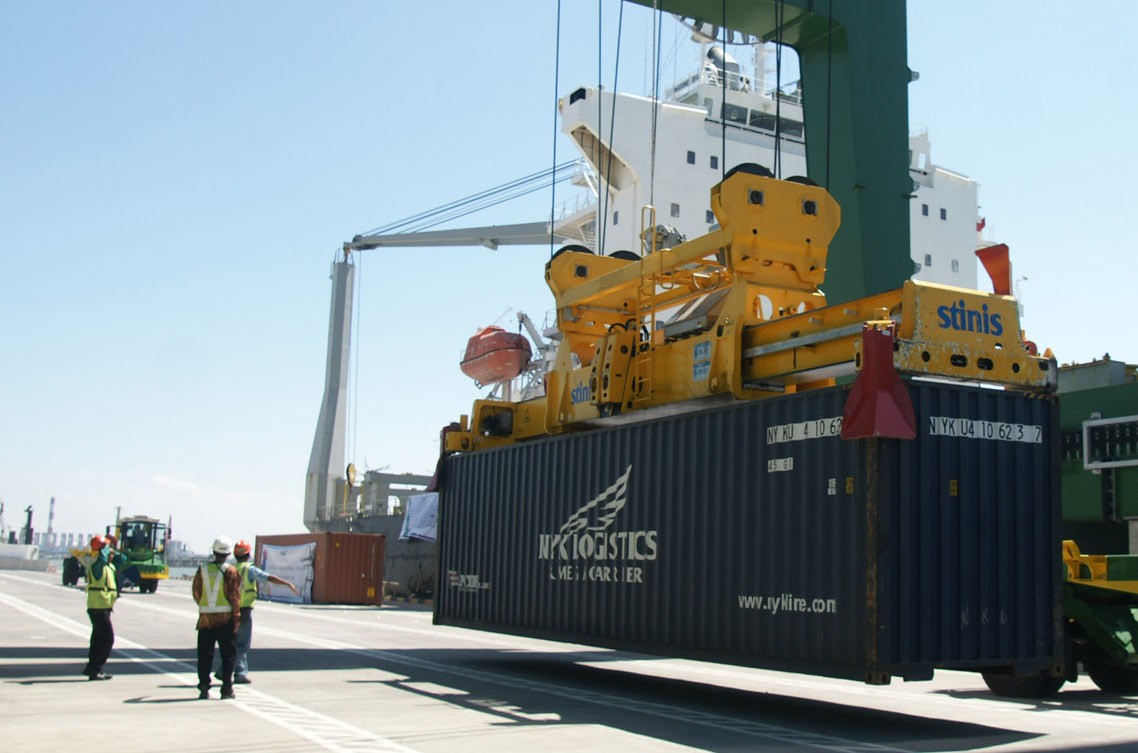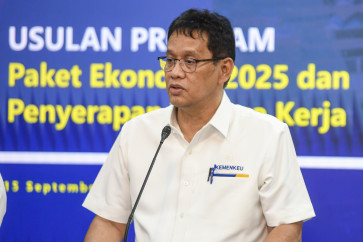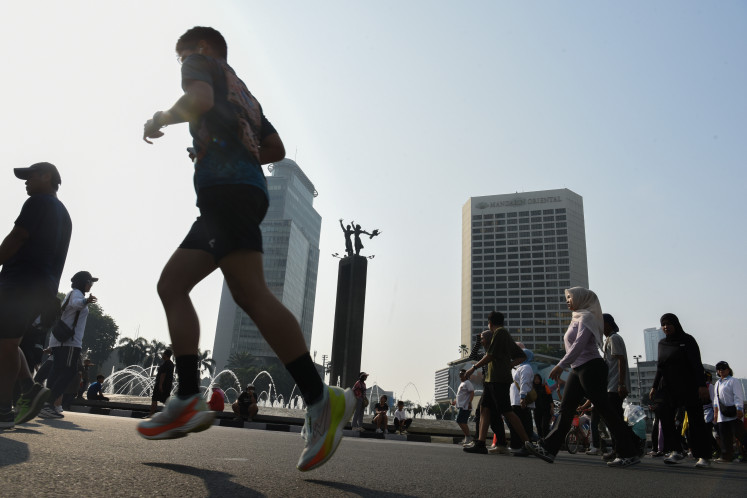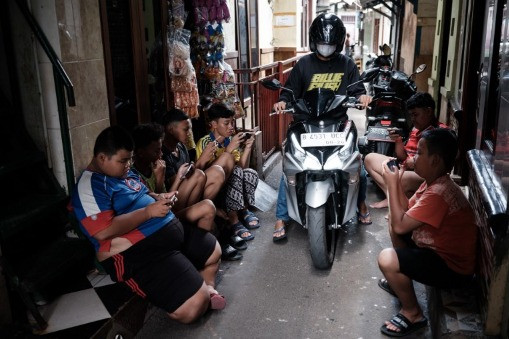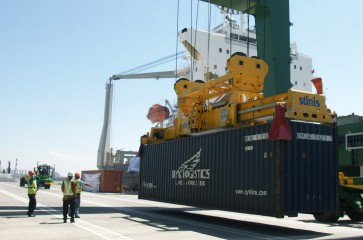Popular Reads
Top Results
Can't find what you're looking for?
View all search resultsPopular Reads
Top Results
Can't find what you're looking for?
View all search resultsDetermining Eastern Indonesia's hub ports
Good maritime connectivity is essential to boost development, create jobs, lower prices and poverty rates and enhance living conditions.
Change text size
Gift Premium Articles
to Anyone
T
he logistics and sea transportation sectors in Indonesia are now confused by government officials’ indistinct statements and the issuance of different regulations related to the appointment of international hub ports in Indonesia.
The government has issued several regulations in setting up international hub ports, which include the National Medium-Term Development Plan 2015-2019 issued by the National Development Planning Board (Bappenas) in 2015, the National Logistics System (Presidential Decree No. 26 of 2012) and the National Port Master Plan 2013 (RIPN 2013).
The three regulations decided that Kuala Tanjung and Bitung Port will be international hub ports in the west and the east. For national hub ports, Bappenas has also named additional ports, such as Tanjung Priok, Tanjung Perak and Makassar.
However, RIPN 2016 revised the role of Kuala Tanjung and named Tanjung Priok port in Jakarta and Patimban port in Subang West Java as international hub ports for the west. Even though, recently the President confirmed prioritizing Kuala Tanjung as an international hub port in the west. The transportation minister’s statement, made during a visit to the Port of Bau-Bau, added to the discourse that BauBau could be one of the hub port in the east, connecting the delivery of goods from west to east.
The hub port holds the role of connecting international and national shipping in Indonesia. Thousand Islands hub port is a significant point in the transport network in Indonesia. Good maritime connectivity is essential to boost development, create jobs, lower prices and poverty rates and enhance living conditions. Ports are required to open more markets for most industries and priority needs to be given to ports and shipping.
A hub port in Government Regulation No. 61/2009 has a definition: “a port that functions principally to serve marine transportation activities, transport domestic loads in moderate amounts and serve as a place of origin for passengers and goods as well as provide inter province short-sea shipping.”
Port economic activities, at a strategic level, can be seen from the data of population, regional revenue, incoming cargo and outgoing cargo. Economic activity is a trigger for the existence of trips to and from certain areas so that the above indicators are determinants for the location of the hub port.

